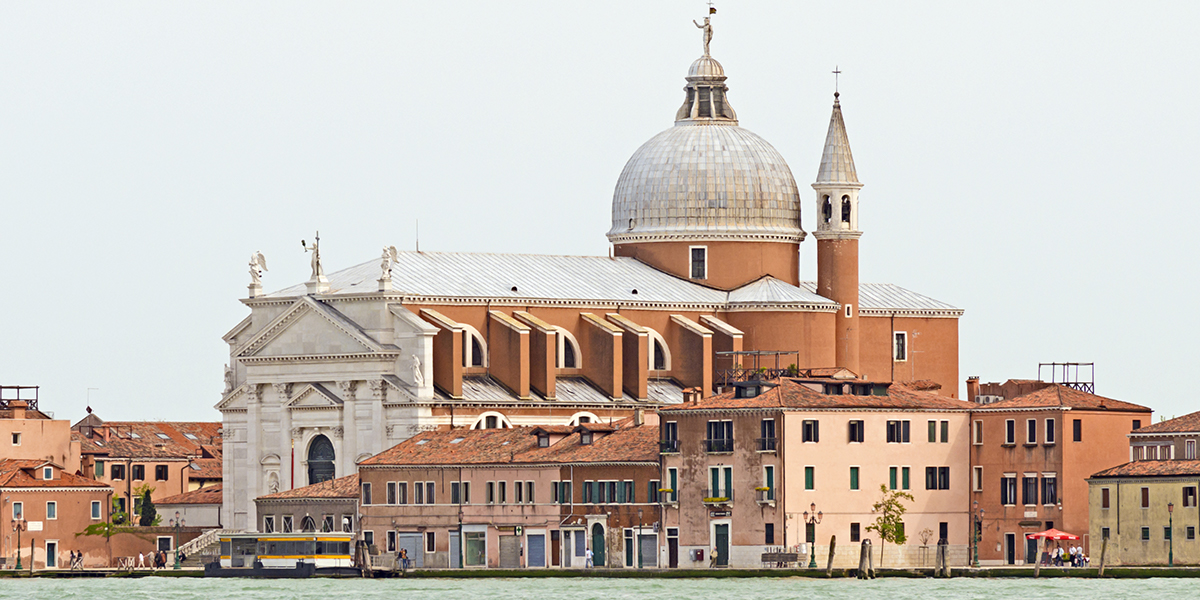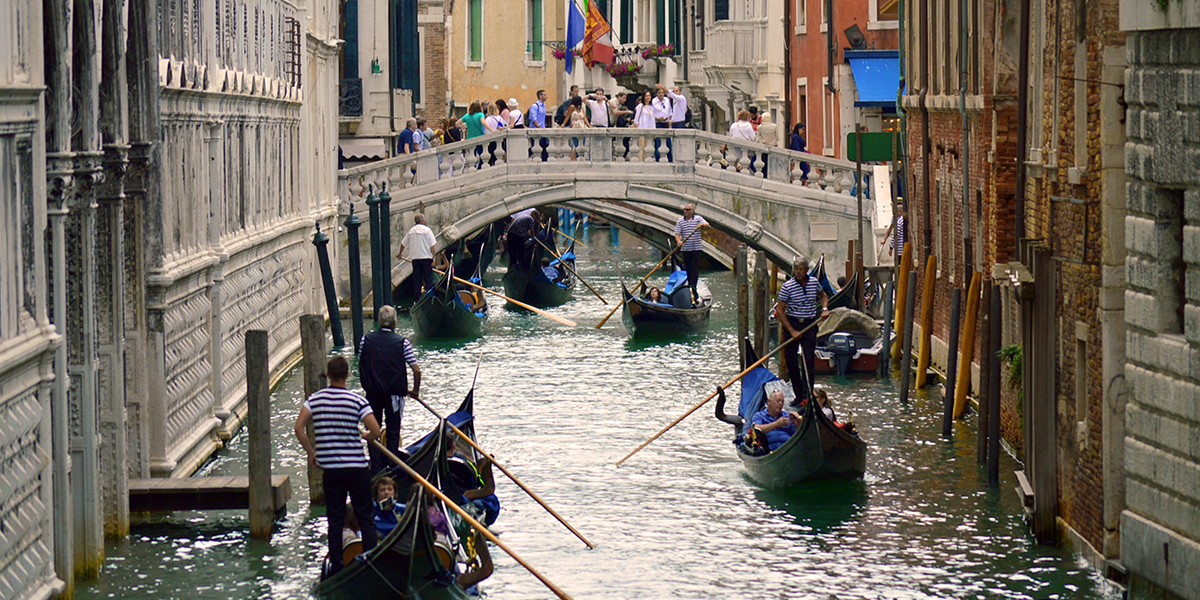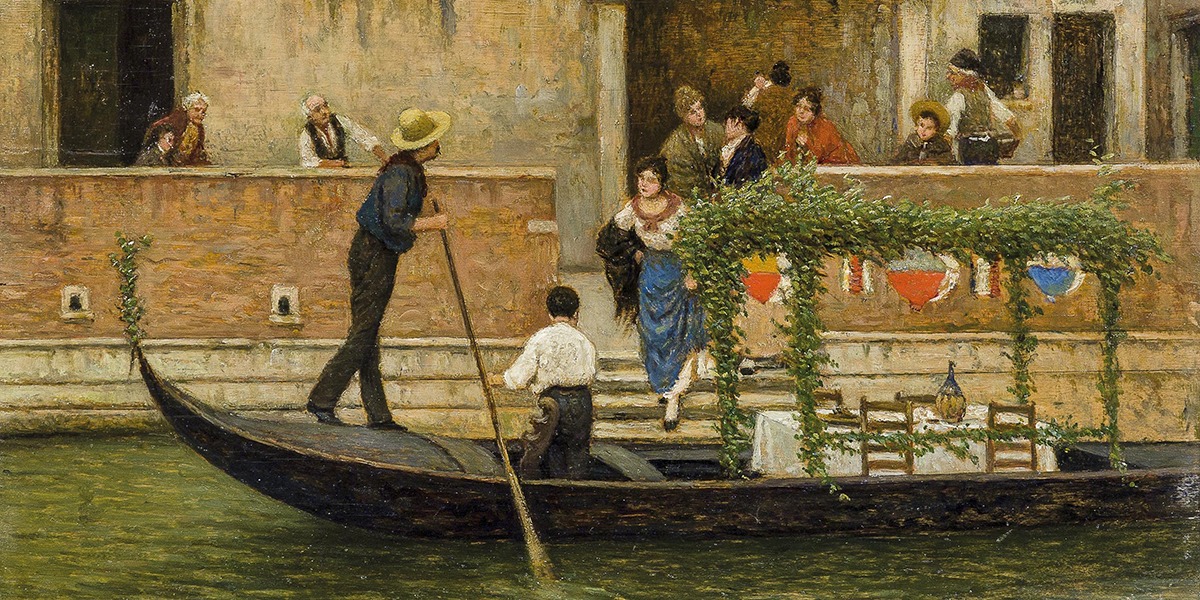As the world faces the challenge of coronavirus, it’s important to remember how faith saved one of the world’s most loved cities from the plague.
Lenten Campaign 2025
This content is free of charge, as are all our articles.
Support us with a donation that is tax-deductible and enable us to continue to reach millions of readers.
Visitors to Venice today may be well acquainted with the sight of the Church of “Redentore,” literally the Redeemer, a 250-foot structure with an imposing dome towering over the island of Giudecca. But few may know that “Il Redentore” was built in 1592 to thank God for his help in fighting off a brutal outbreak of the plague that killed more than 30% of the city’s citizens.

During the years 1575-1577, a violent outbreak of bubonic plague hit the then-Republic of Venice, killing nearly 50,000 people. Nearly one every three Venetians lost his or her life to the nasty disease, including Renaissance painter Titian. So, in 1576, during the peak of the epidemic, the Senate decided to build a beautiful church to pray for God’s help in fighting off the disease. Doge Alvise I Mocenigo, the ruler of the Republic of Venice, picked Andrea Palladio, one of the most influential architects of the Renaissance, to design the project. Palladio opted for a single-nave church with three lateral chapels. The facade was modeled after the church of the Pantheon in Rome, while the 15 steps leading to the entrance are a reference to the Temple of Jerusalem. In this way, Palladio sought to build a monumental work that spoke to the faith that Christians of all times have placed in God.

Shortly after laying the first stone, Palladio built a small wooden structure that was to function as a “temporary” church while the actual church was being built. This wooden church was operating as a sort of a floating chapel, connected to the rest of the city with removable bridges and barges that allowed rulers and priests to reach the tabernacle. On July 20, 1577, only few months after the city’s decision to build a church to ask for God’s help, authorities declared the official end of the plague. A cheerful procession of boats departed from any corner of the lagoon to reach the “floating church” in gratitude. Since that day, Venetians gather every July 20 to celebrate the help of God in fighting off the plague.

The ceremony starts the evening before, with picturesque fireworks set off all over the city. The next day Venetians take off on the canals with ornately decorated boats that display their gratitude for the happy ending of a heavy chapter in their collective history.








